The concept of Contemplative Landscapes was conceived in 2011 by Dr. Agnieszka Olszewska-Guizzo, as part of her scientific work in Landscape Architecture and Urban Ecology. She claimed that there are certain characteristics of the scenic views that can influence human brain to improve mental health and well-being.
Basing on the extensive literature on the contemplation of nature and famous landscape designs around the globe she broke down the landscape scenes into features. In addition, she identified features contributing to the “contemplativeness”. In her early paper titled, “What makes a landscape contemplative?” she described the seven key features of contemplative landscapes:
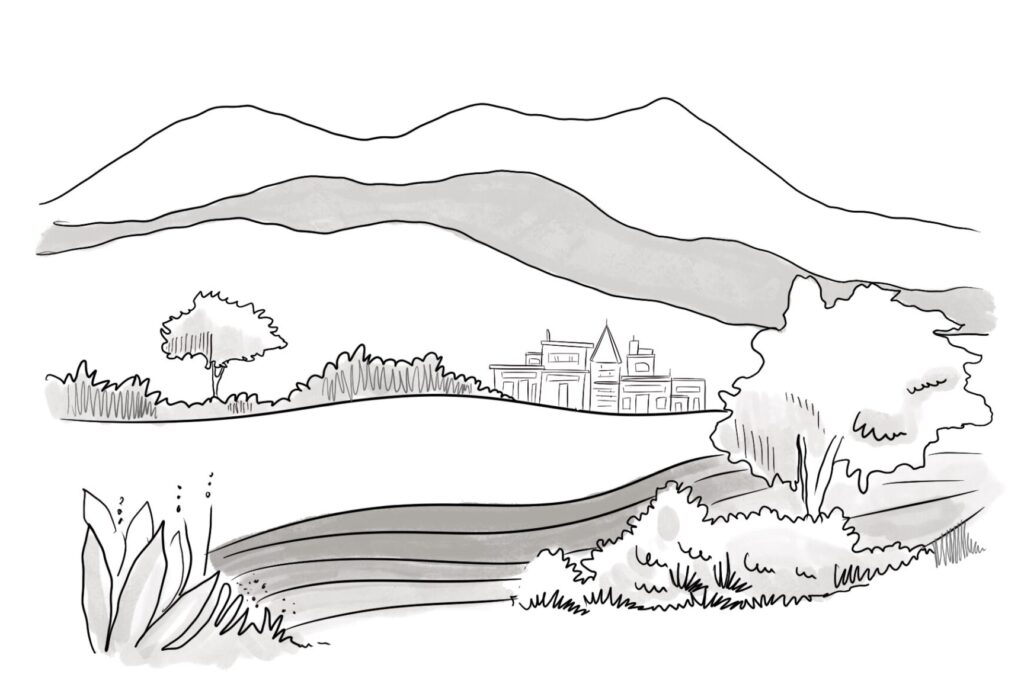
1. Landscape Layers
the depth of the view and ability to see the fore, middle and background in the landscape. If the 3 planes are visible and long-distance vista dominates the scene, then the landscape should be highly contemplative. Physical distance triggers the psychological distance from stress and worries of everyday life.


5. Compatibility
The lack of distracting elements, spatial order and harmony, the visual relations are proportional and worked out well. Space is oriented in an inward manner to elicit self-reflection. There is an explicit balance between natural and man-made elements.
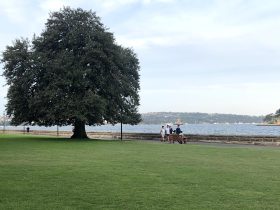
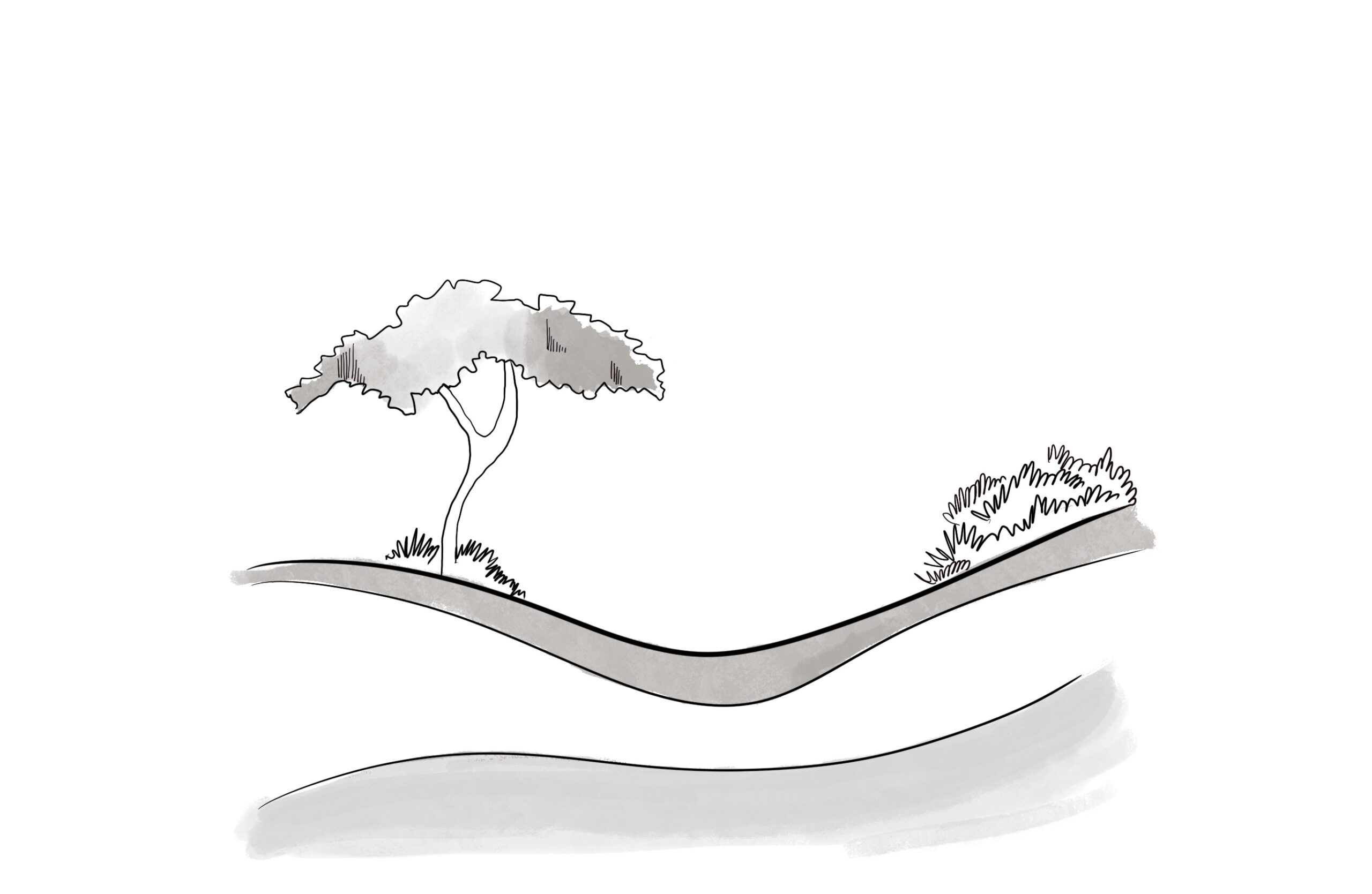
2. Landform
Naturaltopography with undulating lines, and natural asymmetry can trigger a biophilic response. If the landscape view stimulates our eyes to look up, through a diversified skyline or water mirror, we are experiencing another important attribute of a highly contemplative landscape.
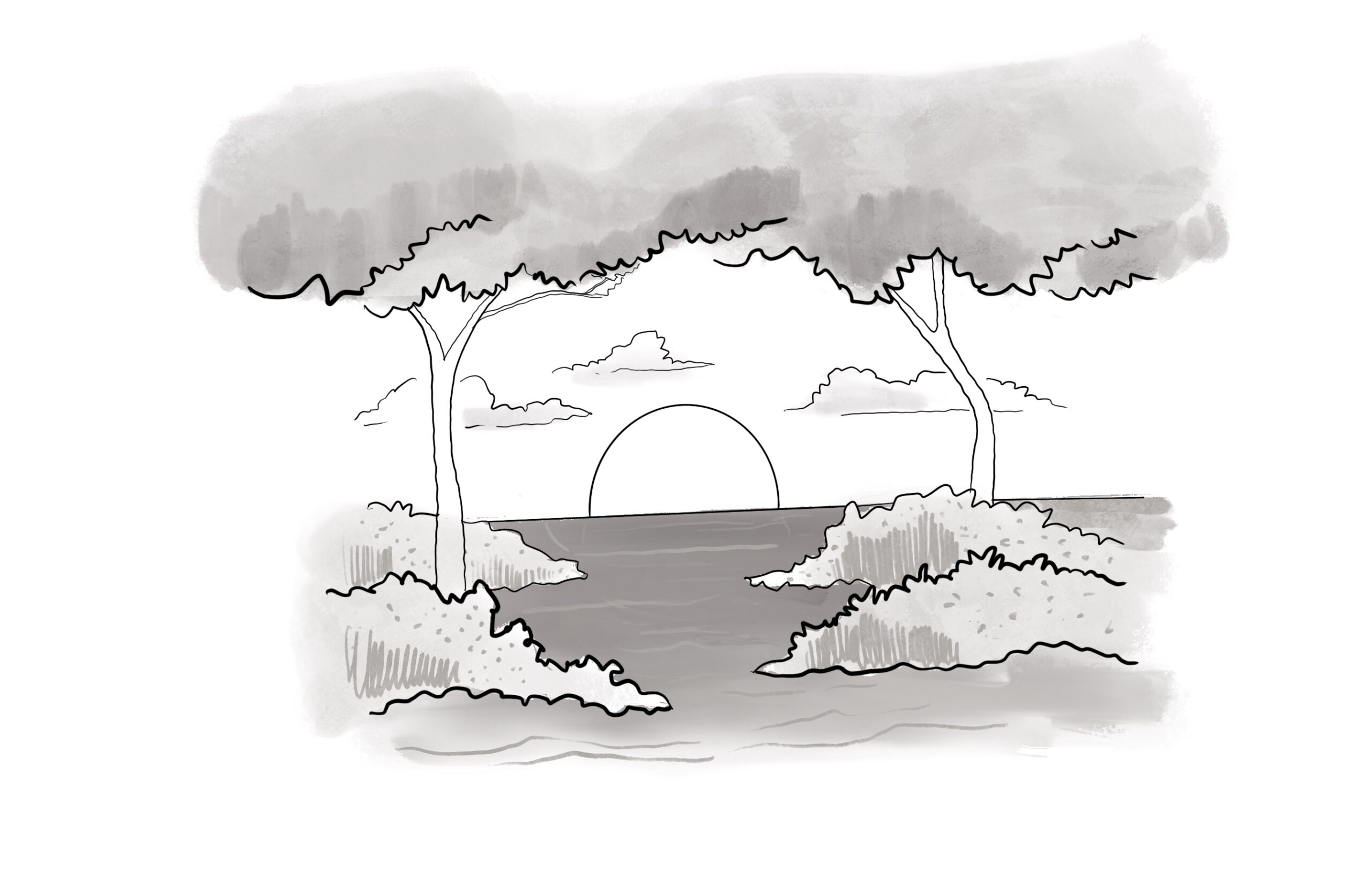
4. Color & Light
View-points away from direct sun exposure are the best to contemplate the landscape. There, we can observe shadows moving with the passage of the sun. The play of light and shade makes the landscape appear more animated and alive. Colours that are not overexposed and not oversaturated are ideal for contemplation.

6. Archetypal Elements
There are some special elements of the landscape loaded with symbolic and universal meaning, collectively shared among all humans. These are: any water body, path and clearing, mountain / hilltop, old tree, circle, stone and forest. The dominating presence of such elements within the view induces contemplation.

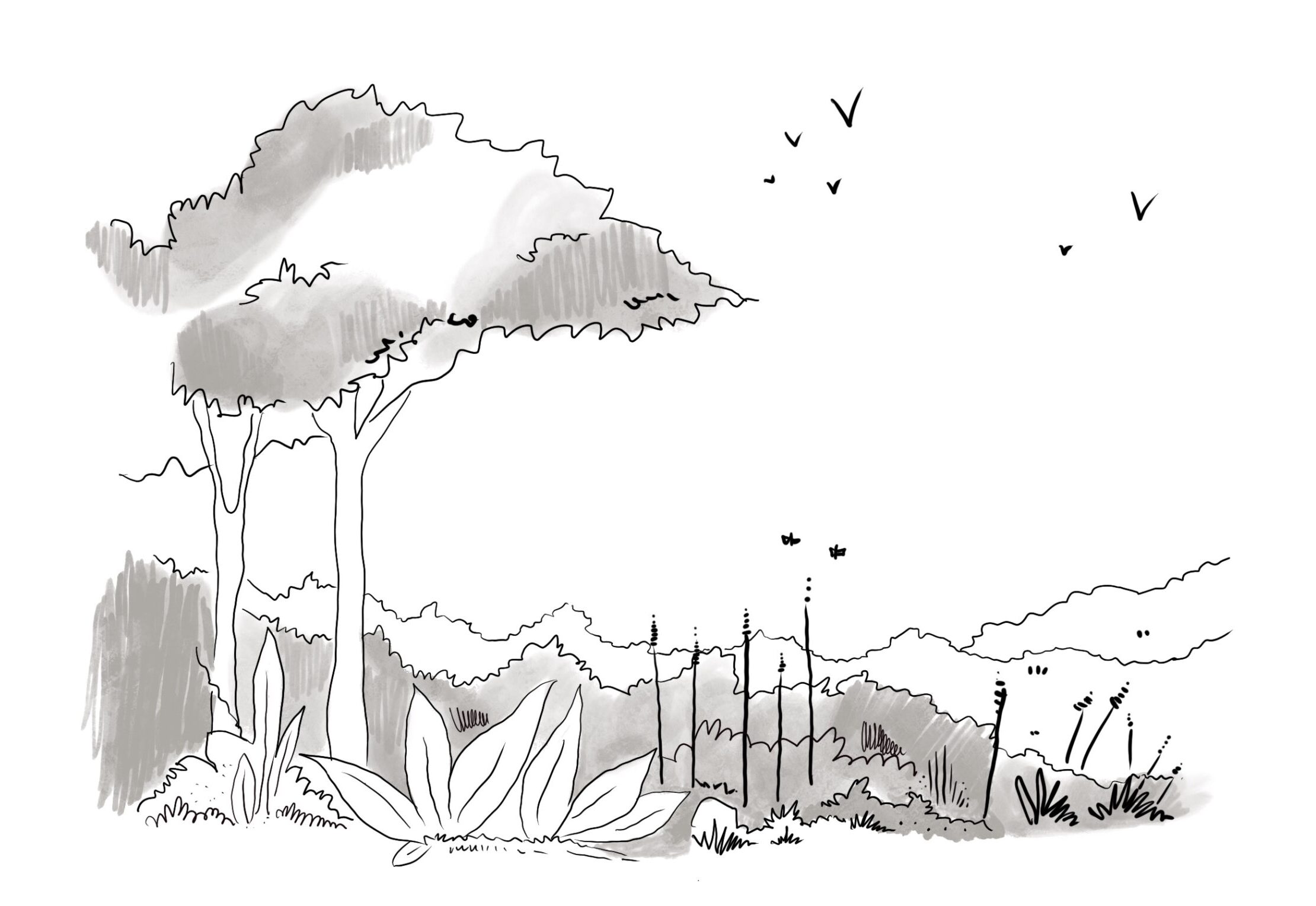
3. Biodiversity
Richness in animal and plant species. Plants that seem self-sown and not overly tended are typical of contemplative landscapes. Seasonal changes in the vegetation remind of the natural cycles and that we are part of them too.


7. Character of Peace and Silence
Landscapes in contrast to the busy, urban life are the most beneficial to urbanites. Places that invite resting and relaxation provide comfort and a sense of solitude.
Searching for Contemplative Landscapes…
Firstly, finding the most contemplative landscapes is not an easy task. This is a question of being in the right time and the right place and takes quite a bit of landscape architecture experience.
Secondly, capturing the contemplative view at its best requires waiting for the perfect season, perfect weather, and of course… lack of crowds. The sense of solitude stimulates the therapeutic process of self-reflection. Consequently, contemplative places cannot be overstimulating for the visitor.
In addition, contemplative landscapes do not need to be interactive. They don’t call for attention nor demand solving tasks. Science shows that the mechanism of distraction from problems is not through drowning out your thoughts with some louder noise. Above all, it changes the perspective of looking at things from the distance of a safe place.
...and exploring how they affect human brain
Exploration of the science of Contemplative Landscapes started in 2011 in Portugal. Thanks to brain scanning methods, EEG, fNIRS we can measure how they influence our health. For example mechanisms of attention restoration, stress reduction and regulation of emotions.
A series of experiments from Portugal and Singapore show interesting results.
Here are some details about the science of Contemplative Landscapes. You can access them through scientific peer-reviewed journals:
For more info on the science of Contemplative Landscapes, please check out NeuroLandscape.
In addition, we invite you to take part in our ongoing study. Take part by completing before and after forms!

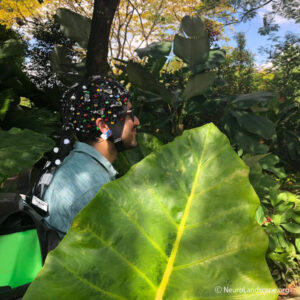


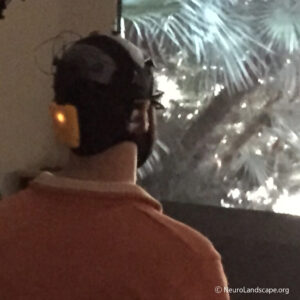





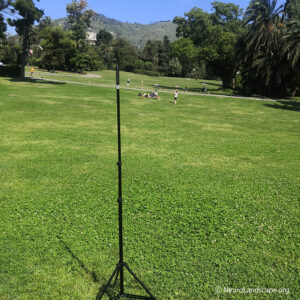


Previous
Next
Creating Eascape
In August 2020, we designed our first virtual contemplative landscape making it the pilot version of the Eascape. Afterward our scientific team conducted a pilot test on the mental health effects of the app.
- We recruited two groups of healthy individuals the first group used Eascape for 7 minutes and the second was a control experiencing a neutral VR environment (empty room).
- The participants were randomly assigned to groups.
- They did not know the purpose of the experiment nor the expected results.
- Their mental well-being was measured before and after experiencing each environment.
- The results indicated that people in Eascape reported about 32% lower depressed mood after 7 minutes of Eascape. This result was statistically significant.
- In participants experiencing the VR control environment, the mood did not change. This means that already after 7 minutes in Eascape, there is a significant improvement in mood.

Why you shouldn't expect a gaming experience when using Eascape?
Experiencing Eascape should feel as close to contemplating real nature as possible. So, we designed our virtual environments in such a way that they look and work as real contemplative landscapes.
They may seem very simple – just as they should. We intentionally avoided an overload of special effects and extraordinary elements. We don’t want you to be disturbed by anything during the session.
Eascape is a calm place where you don’t need to achieve any goals or perform any tasks. All you need to do is let yourself be present and mindful of the surroundings.